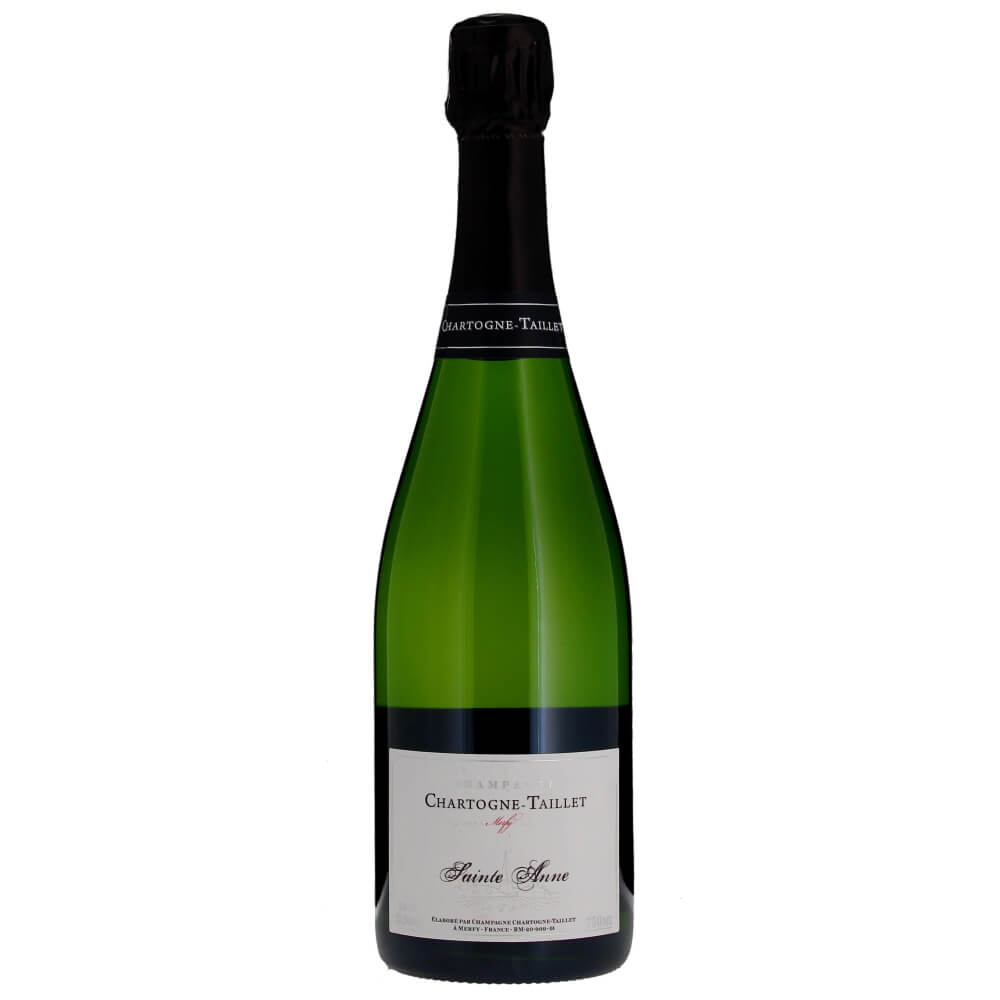Chartogne Taillet, Sainte Anne Brut NV
- Sparkling
- 75cl
- ABV 12.0%
Alexandre Chartogne is a disciple of the legendary Anselme Selosse and this influence shows in the concentrated and powerful styles of Champagne he produces.
This is a lovely, delicate style of Champagne - a great aperitif while still being full-flavoured with very pure citrus fruits, a hint of quince, brioche and a saline, mineral flavour.
Country: France
Region: Champagne
 Grape Blend: 65% Pinot Noir, 35% Chardonnay
Grape Blend: 65% Pinot Noir, 35% Chardonnay
We deliver throughout the United Kingdom with no minimum order requirement. For Mainland UK deliveries, the following charges apply:
- £15 for orders below £75
- £9.99 for orders below £125
- Free delivery on orders over £125
We also offer the option to collect from any of our shops at no extra cost. All Mainland UK orders should be delivered within 1-3 working days. Deliveries to Northern Ireland, the Scottish Highlands, and the British Isles may take 3-5 working days. For more information on UK delivery click here and for EU deliveries please click here.
Chartogne Taillet, Sainte Anne Brut NV
About the winery

